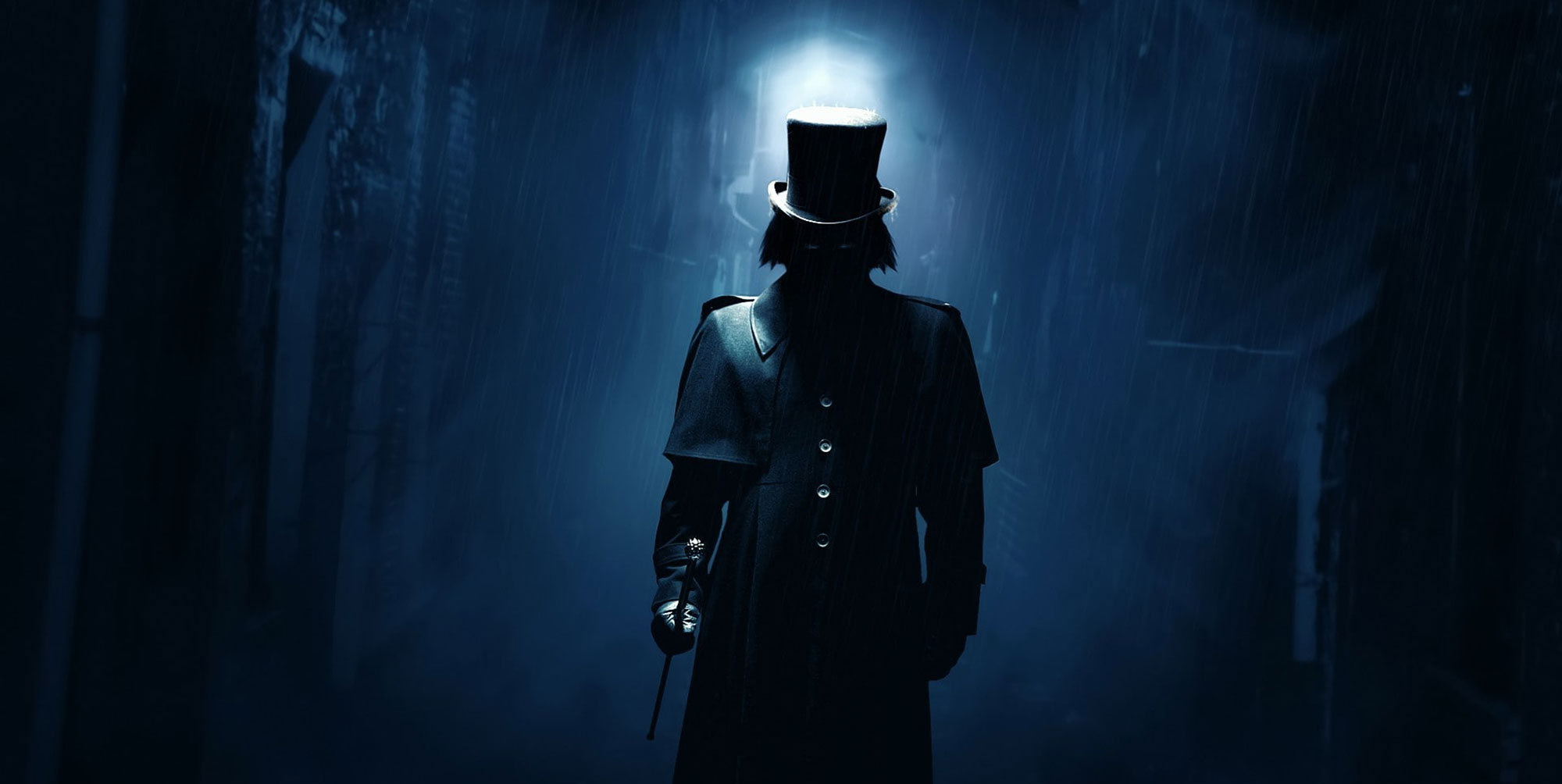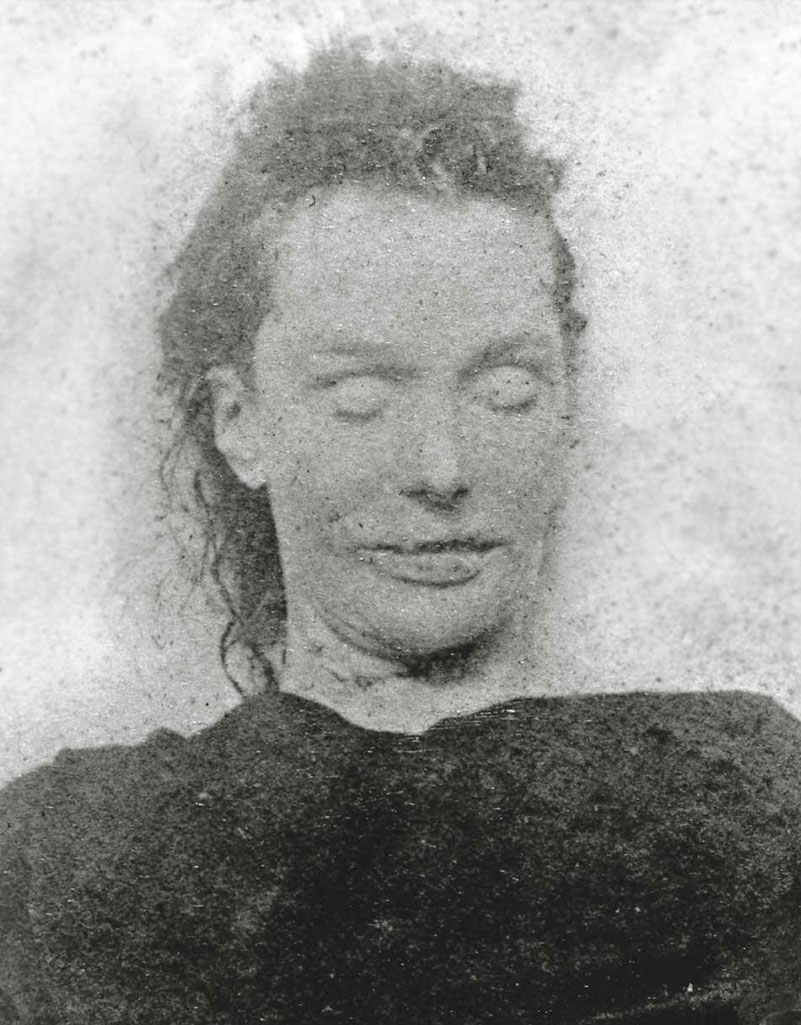Jack the Ripper Tours
The orginial and still the best.

Book Your Tour Now!
Secure your booking, hurry places are filling fast.
Jack the Ripper was an unidentified serial killer active in and around the impoverished Whitechapel district of London, England, in the autumn of 1888. In both criminal case files and the contemporaneous journalistic accounts, the killer was called the Whitechapel Murderer and Leather Apron.
Attacks ascribed to Jack the Ripper typically involved female prostitutes who lived and worked in the slums of the East End of London. Their throats were cut prior to abdominal mutilations. The removal of internal organs from at least three of the victims led to speculation that their killer had some anatomical or surgical knowledge. Rumours that the murders were connected intensified in September and October 1888, and numerous letters were received by media outlets and Scotland Yard from individuals purporting to be the murderer.
The name “Jack the Ripper” originated in the “Dear Boss letter” written by an individual claiming to be the murderer, which was disseminated in the press. The letter is widely believed to have been a hoax and may have been written by journalists to heighten interest in the story and increase their newspapers’ circulation. The “From Hell letter” received by George Lusk of the Whitechapel Vigilance Committee came with half of a preserved human kidney, purportedly taken from one of the victims. The public came increasingly to believe in the existence of a single serial killer known as Jack the Ripper, mainly because of both the extraordinarily brutal nature of the murders and media coverage of the crimes.
Extensive newspaper coverage bestowed widespread and enduring international notoriety on the Ripper, and the legend solidified. A police investigation into a series of eleven brutal murders committed in Whitechapel and Spitalfields between 1888 and 1891 was unable to connect all the killings conclusively to the murders of 1888. Five victims—Mary Ann Nichols, Annie Chapman, Elizabeth Stride, Catherine Eddowes, and Mary Jane Kelly—are known as the “canonical five” and their murders between 31 August and 9 November 1888 are often considered the most likely to be linked. The murders were never solved, and the legends surrounding these crimes became a combination of historical research, folklore, and pseudohistory, capturing public imagination to the present day.
View Never Seen Before Crime Scene Photos


In October 1888, London’s Metropolitan Police Service estimated that there were 62 brothels and 1,200 women working as prostitutes in Whitechapel,[7] with approximately 8,500 people residing in the 233 common lodging-houses within Whitechapel every night,[3] with the nightly price for a single bed being fourpence[8] and the cost of sleeping upon a “lean-to” (“hang-over”) rope stretched across the dormitory being two pence per person.[9]
The economic problems in Whitechapel were accompanied by a steady rise in social tensions. Between 1886 and 1889, frequent demonstrations led to police intervention and public unrest, such as Bloody Sunday (1887).[10] Anti-semitism, crime, nativism, racism, social disturbance, and severe deprivation influenced public perceptions that Whitechapel was a notorious den of immorality.[11] Such perceptions were strengthened in the autumn of 1888 when the series of vicious and grotesque murders attributed to “Jack the Ripper” received unprecedented coverage in the media.
Jack the Ripper Tours.